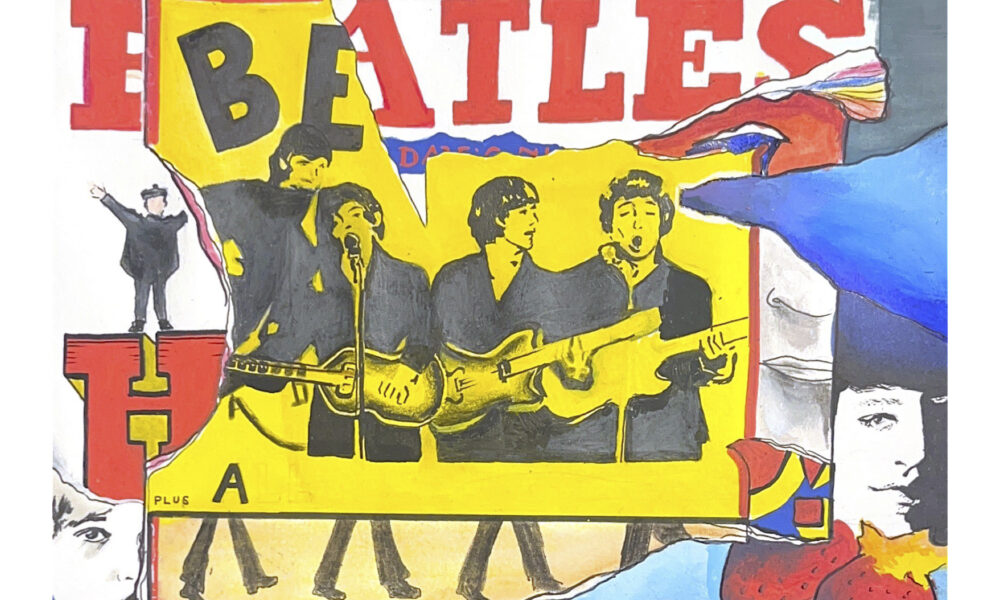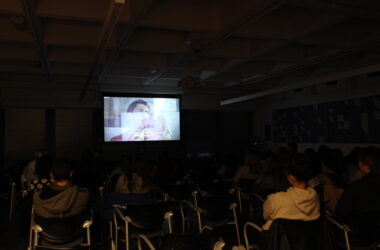The Beatles released their latest and final song, “Now and Then,” on Nov. 2, over sixty years after the release of their last album. The remaining Beatles—Paul McCartney and Ringo Starr—used artificial intelligence (AI) to splice together old demos with new recordings. The resultant song presents the four Beatles, dead and alive, singing together one last time. But what does this mean for the future of AI in music production?
AI has no place in the music industry
“Now and Then” highlights just how powerful AI is becoming. I’ll admit that I was impressed with the lyrics and overall message of the sign, and the music video brought a tear to my eye. Yet, I still believe this release was unnecessary.
As someone who is reasonably and unreasonably paranoid over AI’s rise, this further cemented my fears. Watching unaged John Lennon and George Harrison “sing” alongside an old Paul McCartney and Ringo Starr was frightening and shows the extent to which AI can take images and make them into realistic moving pictures.
While this is definitely not the most exploitative use of AI, this opens the door to more artificial music, with the possibility for it to become exploitative. People with access to this advanced technology could decide to make “new” music from The Beatles—or any other artist—resulting in an album made totally of AI. Most artists who have passed away never consented to have their voices used in AI-created music, thus showing its potential to strip the artist of their creative autonomy. Music created by artificial intelligence lacks the magic of artistry. Is the next step going to be AI concerts?
Despite my immense love for The Beatles, I’m fully satisfied with the work they’ve released. I don’t need–or want–any more “unreleased” songs to come out. This new music that could be created using AI software will most likely feel phoney, much like a cash-grab opportunity. To me, it will never feel as authentic as The Beatles’ original music, which most fans are still yearning for. Even though it’s a tough truth, we must accept that they stopped making music together in 1970, so we’ve had over 60 years to get over this loss. It’s time to let dead bugs lie.
In defence of AI
As a life-long, deeply committed fan of The Beatles—no, seriously, my first ever words were “Lucy in the Sky With Diamonds”—I was elated to hear one last song. While concerns about exploitation in AI-created music are certainly real and valid, this is not one of those cases. Instead, “Now and Then” represents the amazing potential for AI in the music industry when it serves to aid in the technology behind music production rather than make original music.
When Yoko Ono handed three of John Lennon’s demos to the three remaining Beatles in 1994, the technology available at the time could not salvage the “Now and Then” demo. With the rapid development of AI, producers used machine learning, a subfield of AI, to recognize and isolate Lennon’s voice in the original demo. This technology allowed producers to fix the volume of the background piano to better fit the voice on the track. What resulted is a deeply nostalgic collage of Lennon’s original demo from the nineties and present-day clips.
AI is becoming increasingly prominent, and there is no question to me that it will become as integral to our lives—if not more—as the internet. Learning how to harness it in useful and creative ways is essential.
Of course, Harrison and Lennon could not give consent in their lifetimes for their voices and recordings to be used in this way, but I trust their former bandmates, closest friends, and loved ones to make the decision of what is or is not ethically sound. In the end, McCartney and Starr made the choice to bring back to light the music of two of the most beloved musicians from the last century and I, for one, am glad that AI could help.








